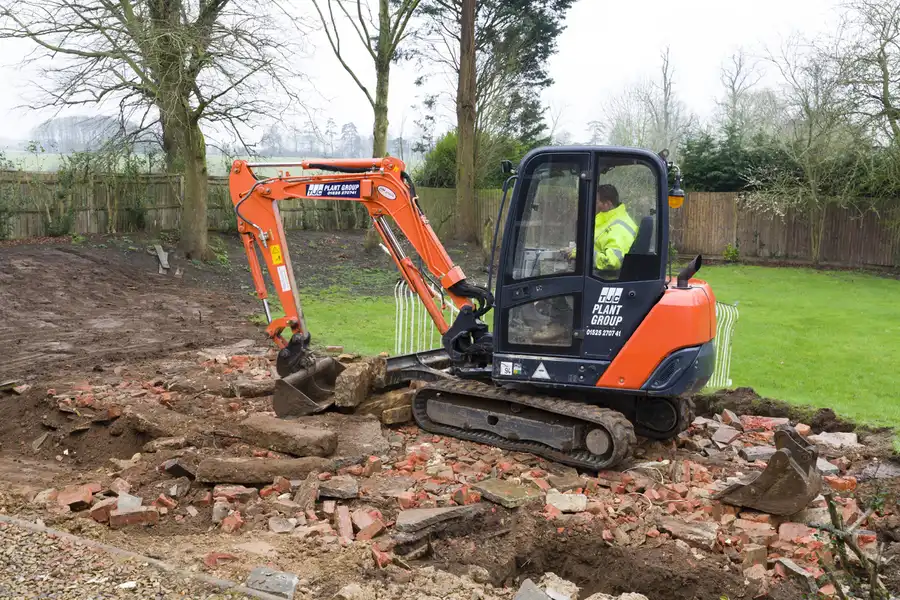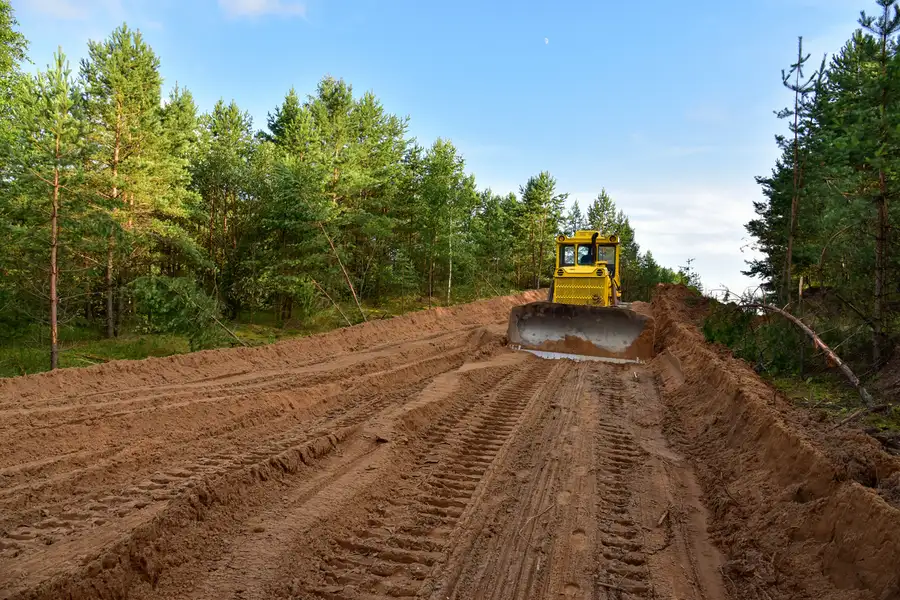A Comprehensive Guide to Preparing Your Site Efficiently and Securely
Before starting any construction project, it’s crucial to ensure that the land is properly prepared. This preparation involves various steps to make sure everything goes smoothly. Understanding how to safely prepare your land will save time, money, and prevent future issues. This guide will walk you through essential aspects of site preparation, focusing on safe practices and efficient methods.

The Importance of Site Preparation
Preparing your land before construction is vital for several reasons. The foremost is ensuring a stable foundation for your building. Proper preparation reduces the risk of future structural problems. It also helps you adhere to local regulations and environmental requirements. By addressing these elements early on, you avoid costly amendments later in the process.
Initial Assessment and Planning
Begin with a detailed assessment of your site. Identify any existing structures, vegetation, or obstacles that might interfere with construction. Creating a comprehensive plan allows you to address potential challenges head-on. Use professional surveyors if possible, as they can provide valuable insights into the land’s topography and soil condition.
Efficient Land Clearing Techniques
Once planning is complete, the next step is implementing efficient land clearing techniques. Ensure that all debris, trees, and unnecessary vegetation are removed from the site. Use specialized equipment like bulldozers or excavators for larger areas. Engage professionals who understand the importance of minimizing environmental impact during this phase.
The Role of Land Clearing in Safe Preparation
Land clearing plays a significant role in preparing your site safely. It involves removing obstacles such as trees, stumps, and rocks that could hinder construction progress. Employing proper land clearing ensures that your construction area is free from hazards, making it safer for workers and machinery.
Addressing Environmental Concerns
Environmental considerations should not be overlooked. When clearing land, aim to minimize harm to surrounding ecosystems. Follow local guidelines regarding wildlife protection and forestry management. Implement erosion control measures to preserve soil integrity and prevent sediment runoff into nearby water bodies.
Best Practices for Soil Stabilization
Soil stabilization is a critical component of site preparation. Once the area is cleared, assess the stability of the remaining soil. Techniques such as compaction or adding stabilizing agents might be necessary. These practices prevent shifting or settling that could compromise the building’s foundation.
Ensuring Compliance With Local Regulations
Adhering to local regulations is non-negotiable when preparing land for construction. Each region will have specific zoning laws and building codes that must be followed. Obtaining necessary permits before beginning work avoids legal troubles down the line. Consulting with local authorities can help clarify what is required for compliance.
Cost Considerations in Site Preparation
Understanding cost factors involved in site preparation helps manage your budget effectively. Costs can vary based on size, location, and complexity of the job. Investing in thorough planning and execution often saves money by preventing costly repairs or modifications later. Evaluate all options carefully to maintain financial efficiency throughout the process.

Your Partner in Successful Construction Projects
Choosing Redbird Tree Service LLC means partnering with experts committed to quality and safety in every project. Located in Haines City, FL, we bring extensive experience and proven strategies to each job site. Reach out today at (863) 528-8447 to discuss how our services can meet your needs and ensure seamless project completion.
